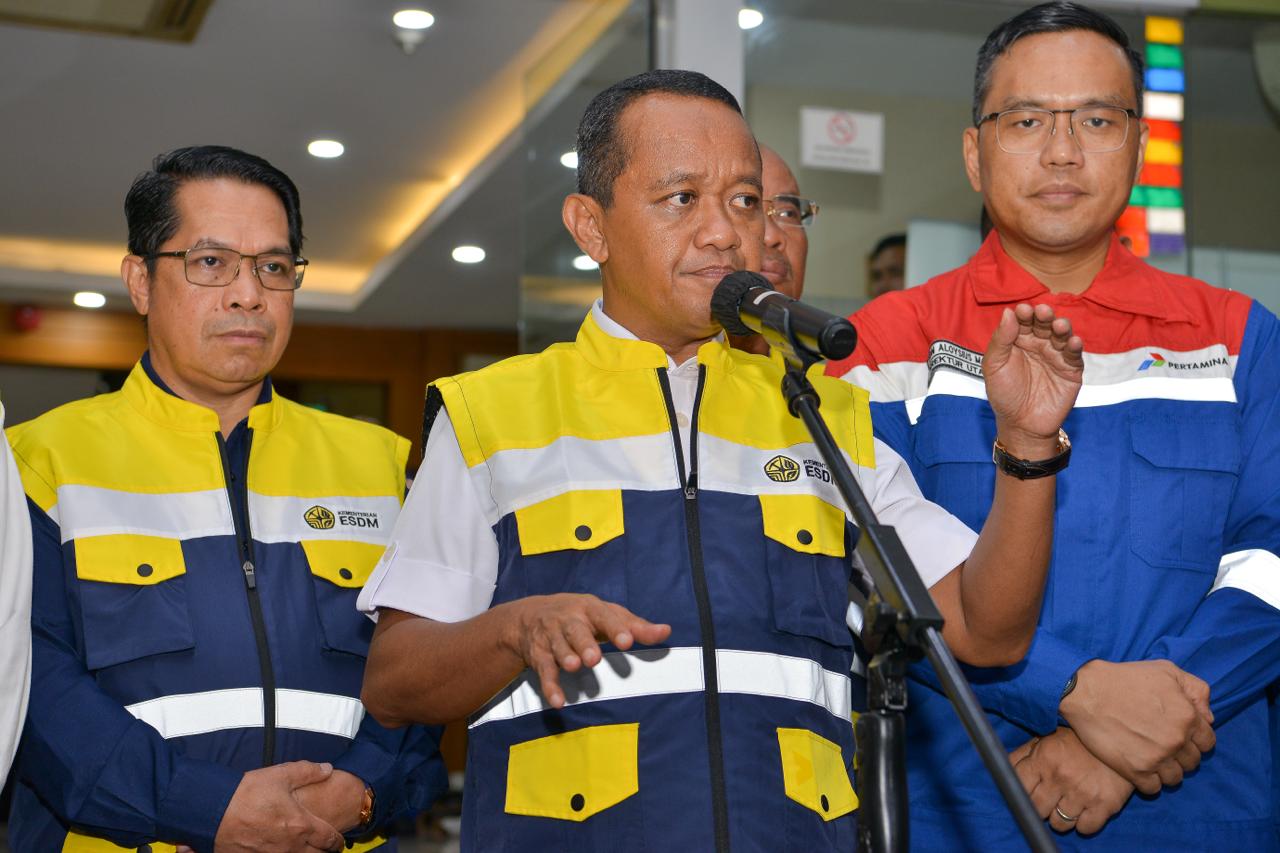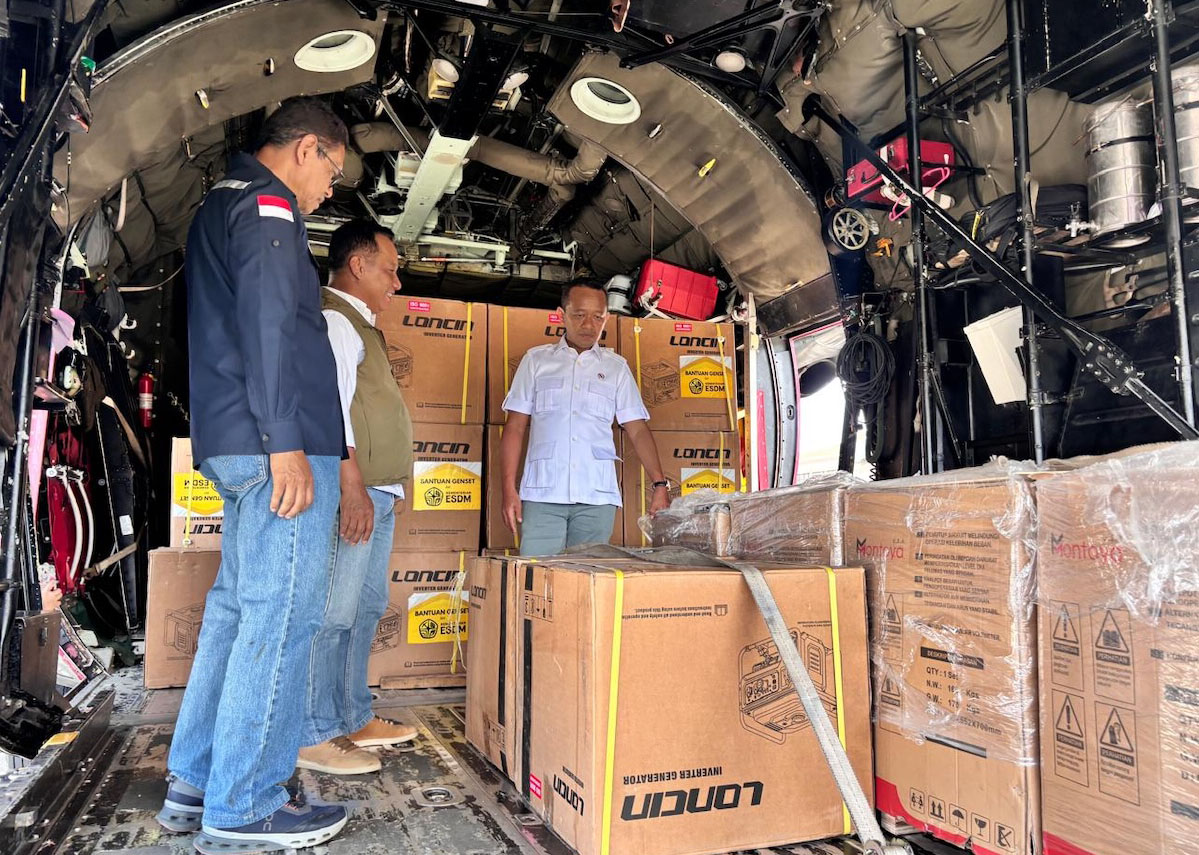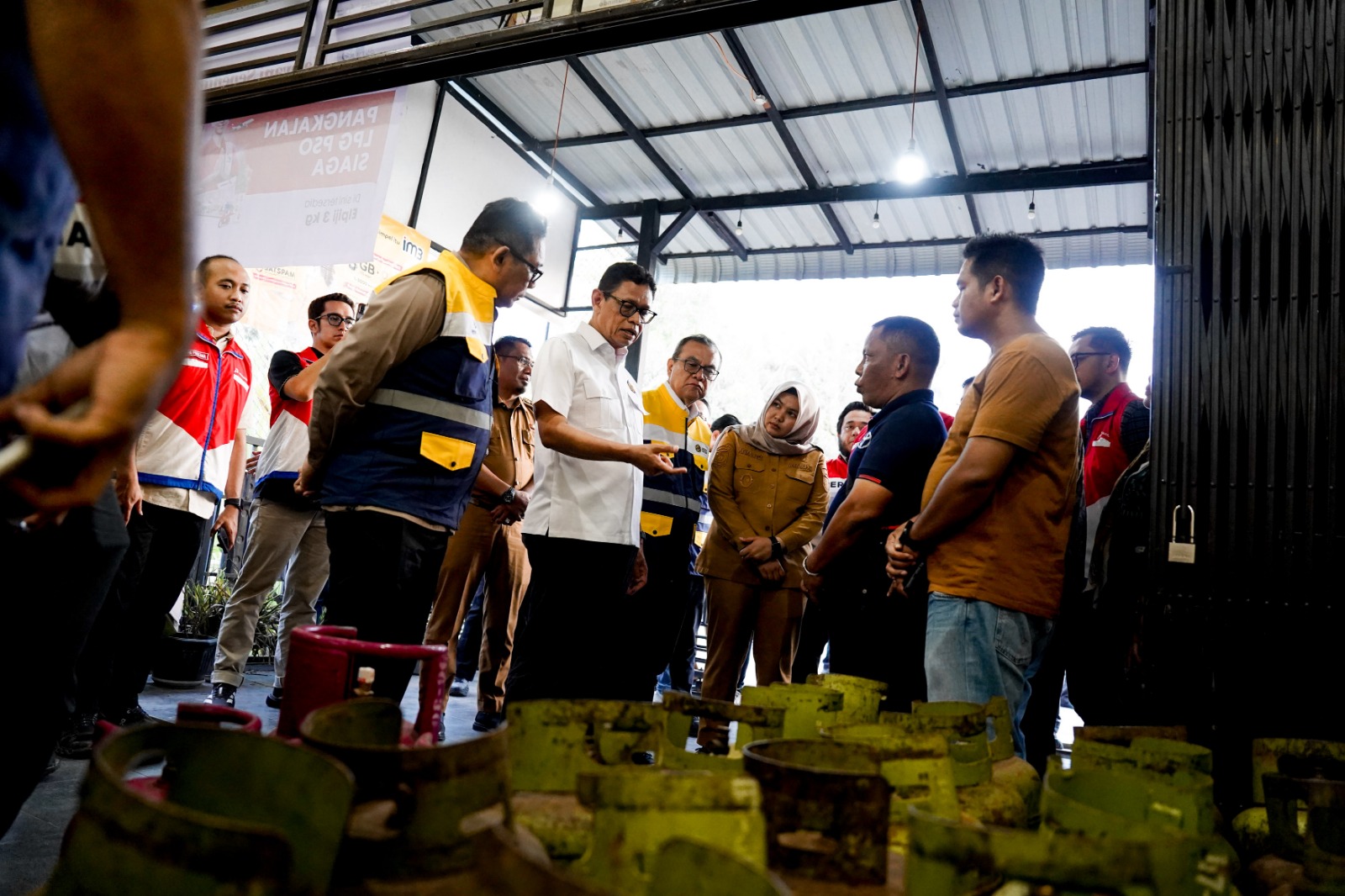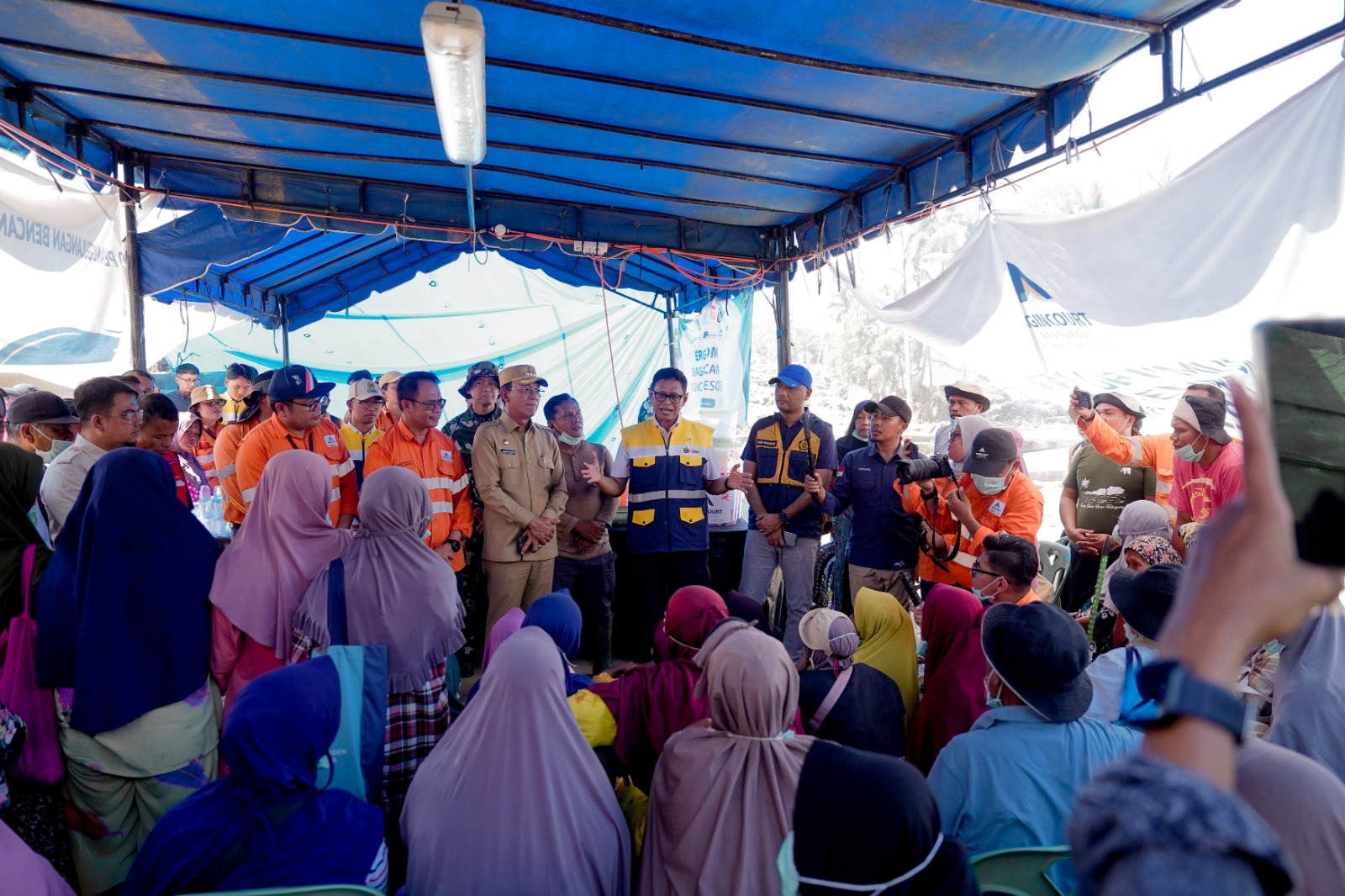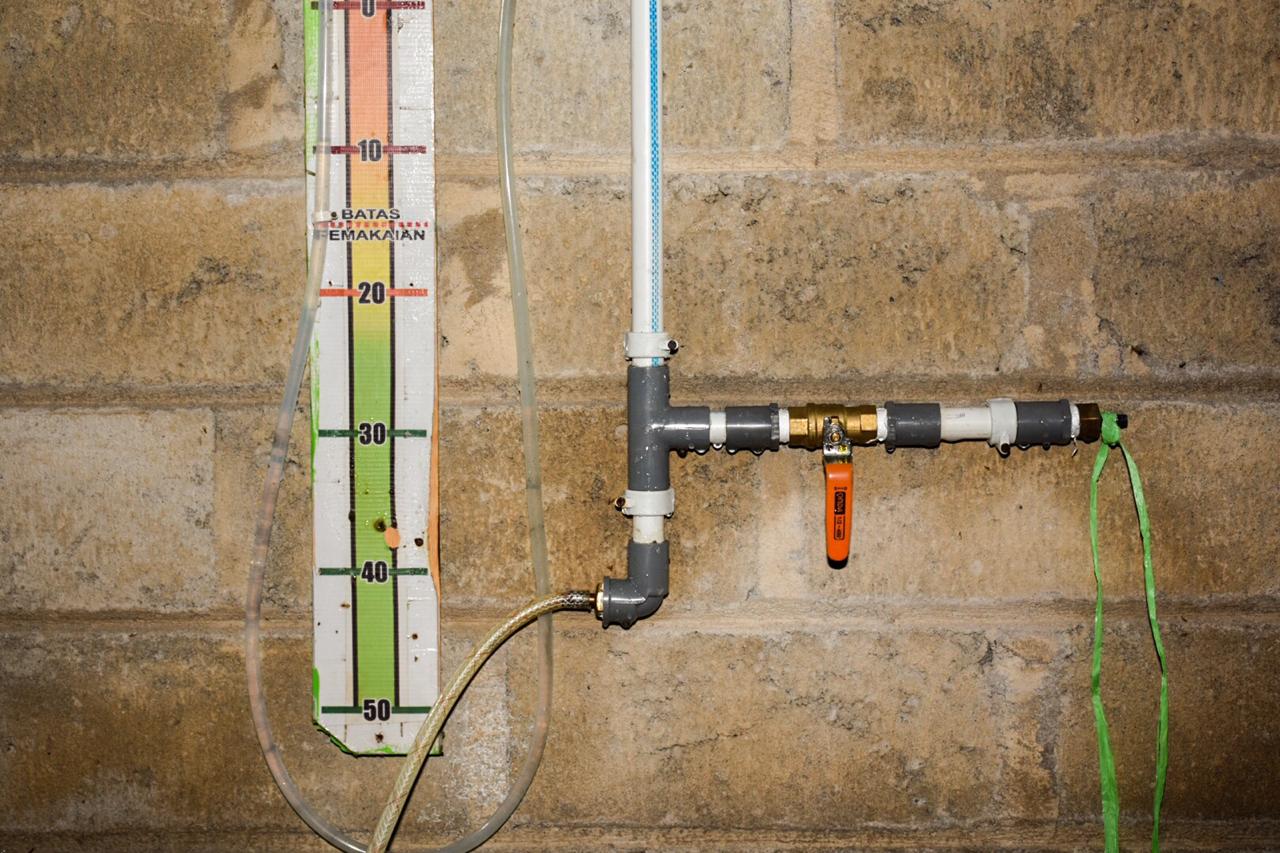
A Story about Biogas from the Slopes of Mount Merapi
MINISTRY OF ENERGY AND MINERAL RESOURCES
REPUBLIC OF INDONESIA
PRESS RELEASE
NUMBER: 351.Pers/04/SJI/2020
Date: 12 November 2020
A Story about Biogas from the Slopes of Mount Merapi
An inspiring story emerges from a village on the slopes of Mount Merapi in Boyolali Regency, Central Java Province part of the volcano. The village's name is Urutsewu, and its people have succeeded in making their village energy self-reliant. The energy needed for cooking, even for electricity in some villagers' houses, has been met from waste produced in the village.
There are long pipelines carrying biogas across a number of houses in the village, which borders on Semarang Regency to the north and the east. The biogas comes from the waste of poultry, livestock, and tofu factory.
"Initially, we were concerned about the tofu waste overflowing in this village. I asked the tofu factories owners to process the waste. Biogas was chosen because it can be used for cooking, or converted for lighting," said Village Head of Urutsewu, Sri Haryanto, to the esdm.go.id team last week (3/11).
One of the tofu factories owners, Suwarno (42), who is also head of RT (neighborhood association) 5 of Dusun Gilingan in Urutsewu, took the initiative to build a biogas digester capable to convert 5,000 L of tofu factory waste into biogas daily. "Now we can supply gas to 7 houses around the digester. The gas is also used to turn on emergency generators and to provide electric power for the 'Pamsimas' (community-based clean water and sanitation) to 60 customers, and even to neighboring villages," he explained.
Learning that gas produced from tofu waste can reduce expenses on LPG and clean water, other villagers took the initiative to use existing waste for their daily needs. One of these villagers is Rizki Emil Abdilah (23), a chicken farmer who produces biogas from the dung of his approximately 2,000 chicken.
"The biogas is used to turn on the corn grinder and house stoves. When I need to grind corn, the biogas digester must be filled two days in advance," he explained.
According to Emil, changing the power of his corn grinder from gasoline to biogas was a challenge, but it was worth the effort. With the help of a friend, he modified the engine. After several trials, the modification bore fruit. His corn grinder has been operating normally and saved him a lot of money.
"If I use gasoline, I'll spend Rp20,000 to grind 400 kilograms of corn. If I use biogas, I don't have to think about buying gasoline anymore. I can save Rp20,000," he explained.
Additionally, some villagers have now used simple portable biogas digesters in their kitchens to light the stoves. "I assembled the digester with my neighbors, and it cost around Rp2 million. Now I just put vegetable and fruit waste in it. I can save money now; there's no need to think about buying LPG," said Saparman (40), who has been using biogas for the last few months. (IY)
Head of Bureau of Communication, Public Information Services, and Cooperation
Agung Pribadi (08112213555)
Share This!

